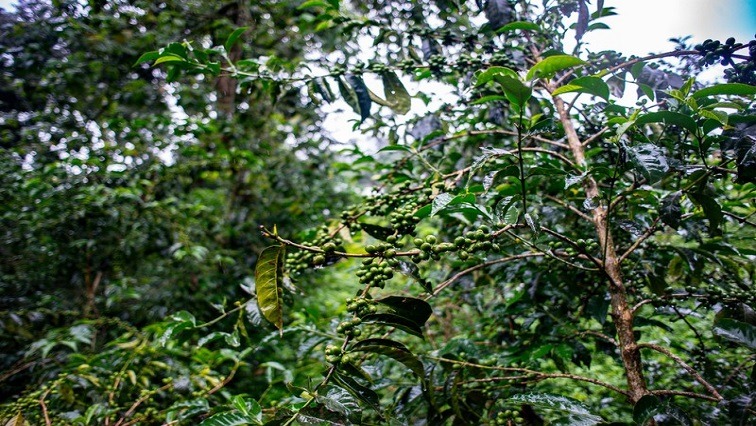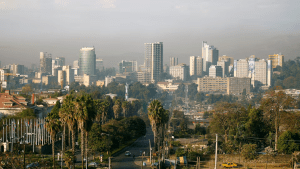You might call it a cup of Joe, java, mud, brew, mocha, or your morning jolt. Coffee undoubtedly is a big part of global culture, and the kind made from the Arabica bean is the most appreciated by coffee drinkers.
Researchers now have unlocked the genome of the Arabica species and traced its origins to a natural mating between two other coffee species an estimated 610 000 to one million years ago in the forests of Ethiopia. That makes this species older than our own species Homo sapiens, which arose in Africa about 300 000 years ago.
The researchers sequenced the genomes of 39 Arabica varieties, including a specimen from the 18th century, to create the highest quality genome to date of this species, whose scientific name is Coffea arabica. They also uncovered a specific region of the genome that may be pivotal for breeding or genetically engineering disease resistance.
“Arabica is one of the world’s premier commodity crops, taking up a large part of the agricultural economies of countries in which it is grown,” said plant evolutionary biologist Victor Albert of the University at Buffalo in New York, one of the leaders of the study published this week in the journal Nature Genetics.
“It’s an important part of local small stakeholder subsistence, not just farmed and exploited by major companies. Coffee is a rich source of antioxidants, and of course, caffeine – which helps keep me and the rest of the world awake,” Albert added.
The research showed that Arabica’s population rose and fell over the millennia as the climate warmed and cooled. It was first cultivated by people in Ethiopia and Yemen, and then spread around the world.
“Coffee and humankind are closely related throughout history. In many producing countries, the Arabica coffee represents more than a crop, it is part of the culture and tradition,” said Patrick Descombes, a genomics senior expert at Nestlé Research and lecturer at the Swiss Federal Institute of Technology (EPFL), another of the study leaders.
Arabica was found to have low genetic diversity due to a history of inbreeding and small population size. The species, susceptible to pests and diseases, can be cultivated in a limited number of locales where climate conditions are favorable and disease threats are lower.
The research “paves the way to new breeding approaches in coffee, which will ultimately lead to development of new varieties with improved resistance to diseases, climate changes, and with new cup (flavor) qualities,” Descombes said.
Coffee is one of the world’s most widely consumed beverages – an estimated 2.25 billion cups of it is consumed daily – as well as one of the most traded commodities. Arabica represents the majority of the world’s coffee production.
Arabica formed, the researchers said, as a natural hybridization between two parent species – Coffea canephora and Coffea eugenioides. The canephora species is called Robusta coffee and its genome was sequenced in 2014.
Robusta is commonly used in instant coffee, while Arabica is considered to have a superior flavor, generally known for a milder and smoother taste. The Robusta species is indigenous to the forests of equatorial Africa.
“Robusta is also known because it is quite resistant to main coffee pests and diseases – hence its name Robusta, for robust,” Descombes said.
The eugenioides species grows in high altitudes in Kenya.
The 18th century specimen sequenced in the study was from a sample stored in London that had been used by Swedish naturalist Carl Linnaeus to name the coffee species.
“We were able to sequence its genome, and in fact we found that it was not particularly closely related to varieties in cultivation today,” Albert said.






